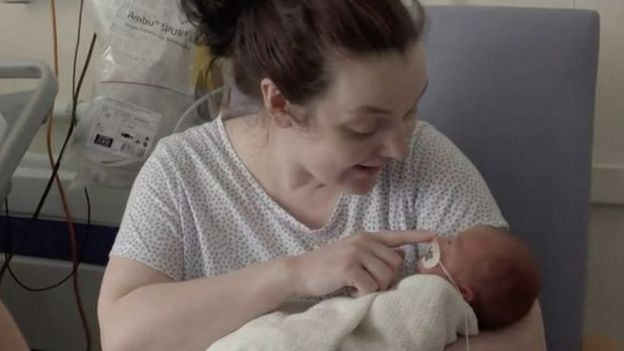ThichNaht Hanh , the Zen Buddhist master, has some interesting advice about what it means to truly let go. Many people mistake detachment ...
A Zen Master Explains the Art of ‘Letting Go’, And It Isn’t What You Think
Who are the parents? When see the sun shine flower bud are blooming. Parents are like that. They give new life to us as a valuable gift. The...
Treating To The Parents

Who are the parents? When see the sun shine flower bud are
- We can treat to them visit our parents. (ahuneiya)
- We can treat to them when they come our home as acquired. (Pahuneiya)
- Donation to parents. (Dakkhineiya)
- Worshiping. (Anjalikaraniya)
The birth to death there are several steps in our life. What’s that child hood, teenage season, adult duration, old season etc. It is call...
A successful Marriage Life
The birth to death there are several steps in our life. What’s that
child hood, teenage season, adult duration, old season etc. It is call the
life cycle. In this life cycle there are many situations. We get start
education in our child hood. It is spending under our parents. But when
we came our teenage season we get in adults. Then we befall do the
jobs, befall the indeed about society. Specially we befall come our
second life. It is the marriage life.
If be success the marriage life not only be good both of husband or
wife. But also may be good both of them. In the lord Buddha’s
philosophy there are many lecturers about success marriage life. Our
lord Buddha said how is couple spend life in trusty. The most important
module of society is the family. As well as husband and wife are main
members in this family. If live trusty husband and wife, we can see
many successful results. They are
- Grow the peace and happiness in the family.
- Be good children’s mental health.
- Lower the fight and fracas.
- Be an exemplary person in society.
- According to Buddhism philosophy after death be born in the
heaven.
There are many important points in the ‘sigalowada sutta’ about
how spend a successful marriage life. Thereof our lord Buddha
explain two points. They are
- Duties from husband to wife.
- Duties from wife to husband.
There are five duties perform from husband to wife.
1. Respect.
2. Not to abasement.
3. Not to resort other women.
4. Devolution the home responsibilities.
5. Supply the conditions own wife.
As well as there are five duties perform also wife to husband.
1. Organize the home doings in best.
2. Treat in best to associative persons.
3. Not to resort other men.
4. Protect earned fortune.
5. Adeptness and Quickly every doings.
However in the present situation we get see many marriage
affairs are unsuccessfully. Bit by bit increase divorce cases. As
well as although they live together and same home, but they as
outsiders. No peace, No love, No affection and many problems.
There are many reasons to that. They are disbelief, not to respect,
mismatching the ideas of each. Etc.
According to above mentioned there are so many important
points that how spend the successful marriage life. Specially it
explain through the lord Buddha’s teaching. Further if husband and
wife have trust, respect, love, kindness, matching ideasof each,
every couple can spend best family life.
Writing by: sachethana marasinghe
In Kansas City, Missouri, a 2-year-old soiled his pants, tragically, the man watching him at the time decided that an appropria...
2-Year-Old Boy Was Plunged Into Boiling Water For Soiling His Nappy By Mom’s Boyfriend








Exercising your brain at regular intervals is healthy and necessary, especially during these difficult times. It’s difficult to get into...
Only fast-thinking people find the letter inside this image full of 7’s



Congratulations if you found the hidden Z!
You could eat only sunlight or to be in more than one place at a time? That’s right, I’m talking about the super-human abilities tha...
NASA confirms : people are capable of super human abilities using these ancient techniques !

Tracy Maguire remembers the moment she saw doctors insert a swab into her three-week-old baby's nose to test for coronaviru...
The tiny premature baby who fought off coronavirus-Received the godliness.




SeeThis is a beautiful video


















Follow Us
Were this world an endless plain, and by sailing eastward we could for ever reach new distances